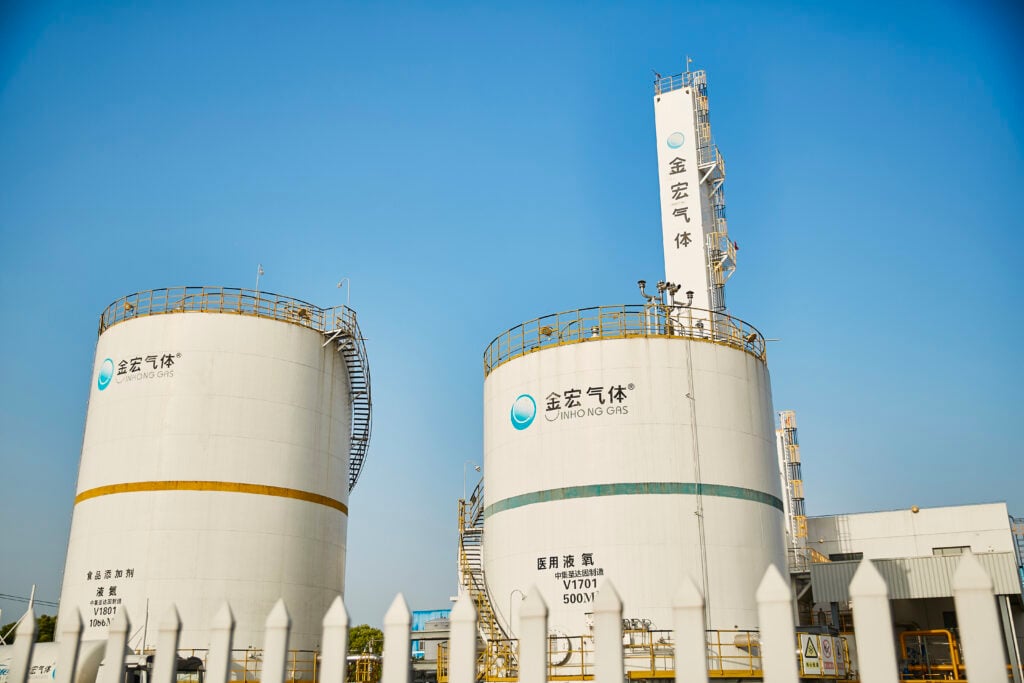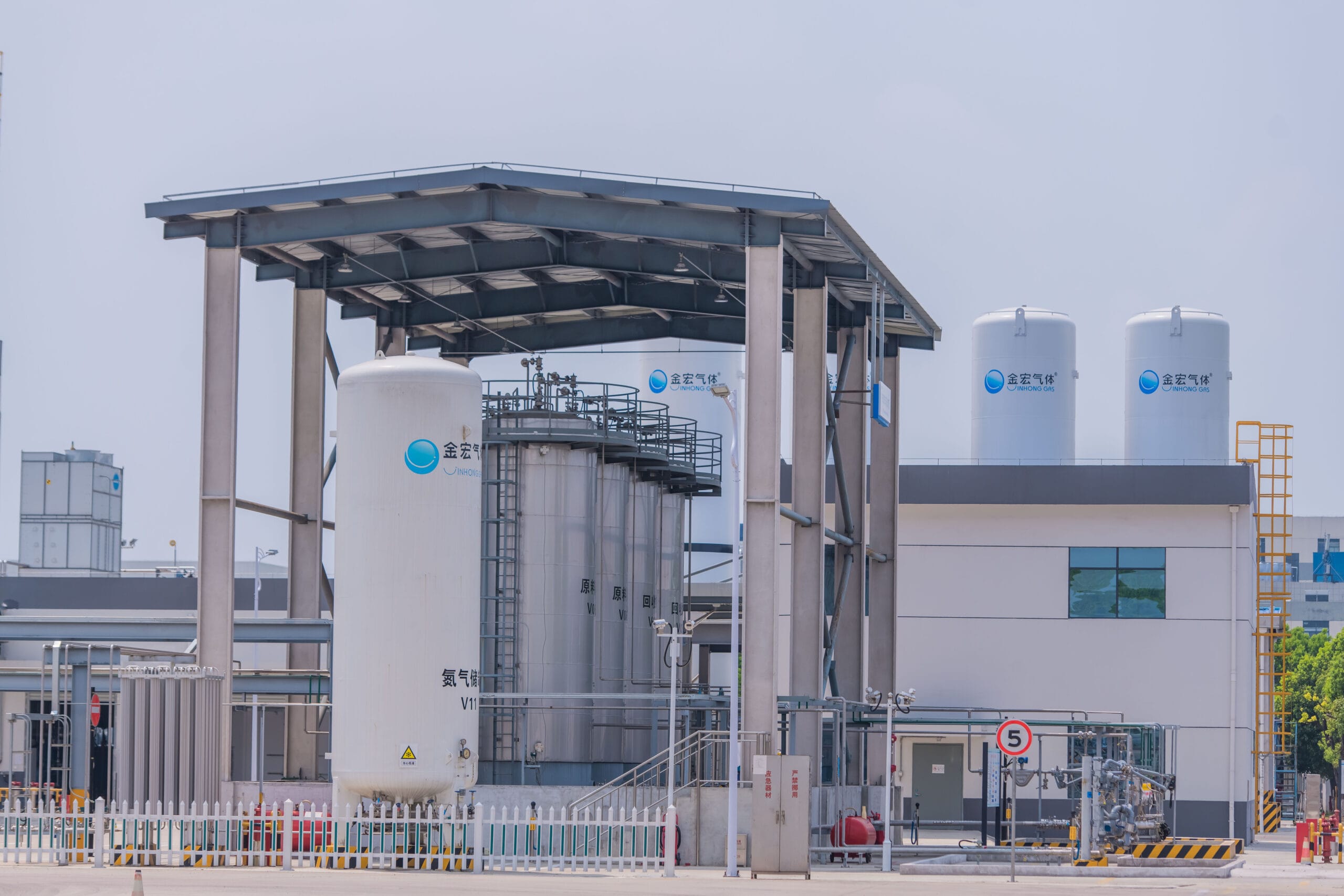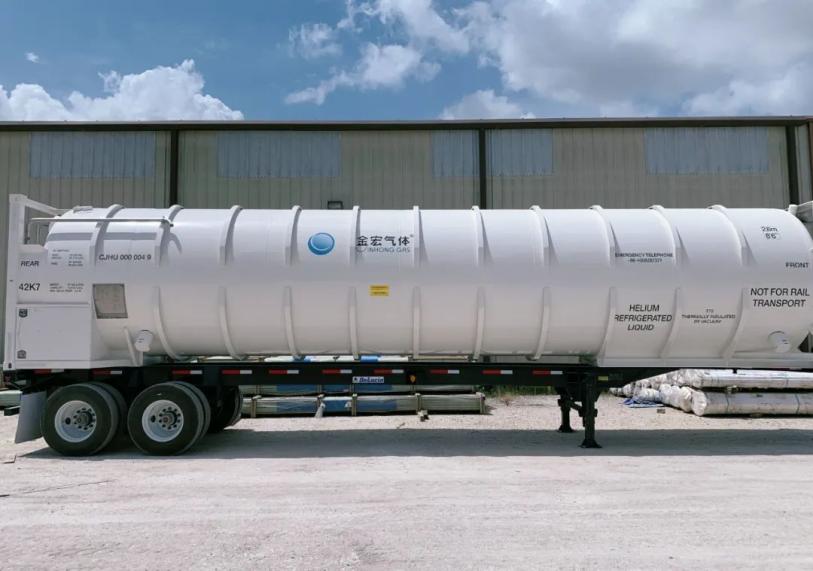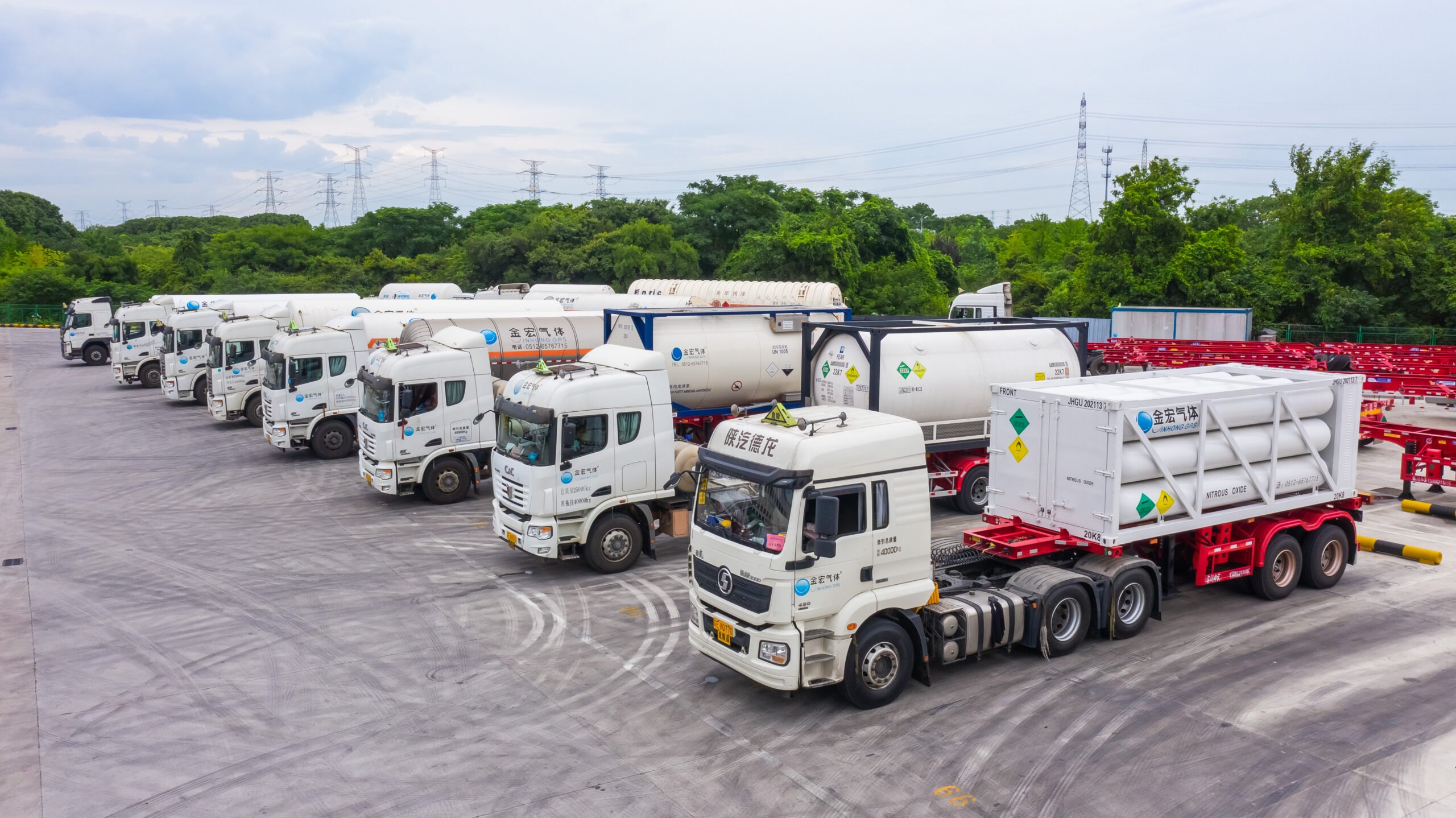When it comes to welding, cutting, or metal fabrication, acetylene remains one of the most indispensable gases in the workshop. Whether you’re a seasoned professional or a hands-on hobbyist, understanding the costs associated with acetylene tank refills is essential for managing your operational expenses efficiently. This guide outlines average refill prices, cost-influencing factors, and practical strategies to save money on your next refill.

What Is Acetylene and Why Does It Matter?
Acetylene (C₂H₂) is a highly flammable gas widely used with oxygen in oxy-fuel welding, cutting, brazing, and heating. What sets acetylene apart is its extremely high flame temperature—reaching approximately 3,500°C (6,332°F)—which allows for concentrated, precise heat, making it ideal for both industrial and home-based metalworking tasks. Its effectiveness and reliability make it a preferred fuel gas for jobs requiring localized high heat and accuracy.
Average Acetylene Tank Refill Costs by Size
The cost of refilling an acetylene tank varies based on several factors, including cylinder size, location, and supplier policies. Below are average U.S. refill costs in 2025 by tank size:
| Tank Size | Capacity (cu ft) | Average Refill Cost (USD) |
|---|---|---|
| MC Tank | ~10 cu ft | $25–$40 |
| B Tank | ~40 cu ft | $40–$60 |
| Size 4 | ~145 cu ft | $80–$120 |
| Size 5 | ~275 cu ft | $130–$180 |
Note: Always confirm whether additional fees—such as cylinder rental, hazmat charges, or hydrostatic testing—are included in the quoted price.
What Factors Influence Acetylene Refill Pricing?
Several key elements can affect the final cost of refilling your acetylene tank:
- Location: Urban areas often have higher refill prices due to elevated overhead costs, while rural suppliers may offer more competitive rates.
- Tank Ownership: Owning your cylinder typically reduces costs over time compared to leasing or exchange programs.
- Supplier Pricing Models: Some vendors charge per cubic foot; others offer flat-rate refills regardless of size.
- Raw Material Market: Acetylene production depends on calcium carbide. Any disruption in its supply can lead to price fluctuations.
- Order Volume: Bulk orders and long-term contracts may qualify for volume discounts.
Where Can You Refill Your Acetylene Tank?
Refills are available through a variety of channels:
- National Gas Suppliers: Major providers such as Airgas and Linde (Praxair).
- Industrial Retailers: Chains like Tractor Supply Co. or regional co-ops.
- Local Welding Shops: Independent suppliers or hardware stores.
- Specialty Gas Distributors: Ideal for high-purity or certified-grade acetylene.
Tip: Search “acetylene tank refill near me” on Google Maps for nearby providers and real-time pricing.
Tank Exchange vs. Refill: Which Should You Choose?
| Refill | Exchange |
|---|---|
| Keep your current cylinder | Swap for a full pre-filled tank |
| More cost-effective long-term | Faster turnaround |
| Requires downtime for inspection | Slightly higher per-use cost |
Verdict: If you own the tank and can manage minor delays, refilling is generally more economical. Exchange services offer convenience, especially for small tanks or urgent needs.
How to Lower Acetylene Refill Expenses
- Loyalty Discounts: Sign up for rewards programs with your supplier.
- Consolidated Refills: Refill multiple tanks together for bulk pricing benefits.
- Avoid Emergencies: Schedule ahead to avoid expedited service fees.
- Proper Maintenance: Store tanks upright, inspect regularly, and avoid damage to reduce repair or replacement costs.
- Price Comparison: Prices vary by region—don’t hesitate to shop around.
Safety and Regulatory Best Practices
Acetylene handling requires strict adherence to safety protocols:
- Storage: Keep cylinders upright and away from flammable materials—at least 10 feet.
- Leak Checks: Use soapy water to detect leaks monthly.
- Transportation: Always secure cylinders vertically and use protective caps.
- Inspections: Follow hydrostatic testing schedules (every 5–10 years, depending on tank type).
Warning: Acetylene can decompose explosively above 29.4 PSI if not properly regulated. Never attempt to refill a tank yourself.
Frequently Asked Questions
Q1: Can I refill an acetylene tank at home?
A: No. Acetylene tanks must be refilled at certified facilities due to pressure and chemical stabilization concerns.
Q2: How often will I need to refill?
A: It depends on usage:
- Light users: Every 3–6 months
- Professionals: Weekly or bi-weekly
For reference, a Size 4 tank can typically cut 1″ steel for 15–20 hours.
Q3: Should I rent or buy an acetylene tank?
A: Rent if you only need it occasionally. Purchase offers better value for long-term use, with a return on investment in about 12–18 months.
Q4: Is overfilling dangerous?
A: Yes. Overfilled tanks compromise acetone absorption and can lead to decomposition. Only certified suppliers should perform refills using proper equipment.
Understanding the variables behind acetylene tank refill pricing helps you make smarter, safer, and more cost-effective decisions. While factors like location and tank size influence rates, strategies such as owning your cylinder and planning refills in advance can deliver significant savings. Always work with certified suppliers and follow safety guidelines to protect both your investment and your team.
We Are Jinhong Gas – Your Trusted Industrial Gas Partner
Looking for a dependable acetylene and specialty gas supplier? Jinhong Gas provides high-quality industrial gases tailored to your welding, cutting, and manufacturing needs. With years of experience, strict compliance standards, and a strong commitment to safety, we support businesses of all sizes with efficient delivery and competitive pricing. Contact us today to find out how we can help you streamline your operations and reduce gas-related costs.



